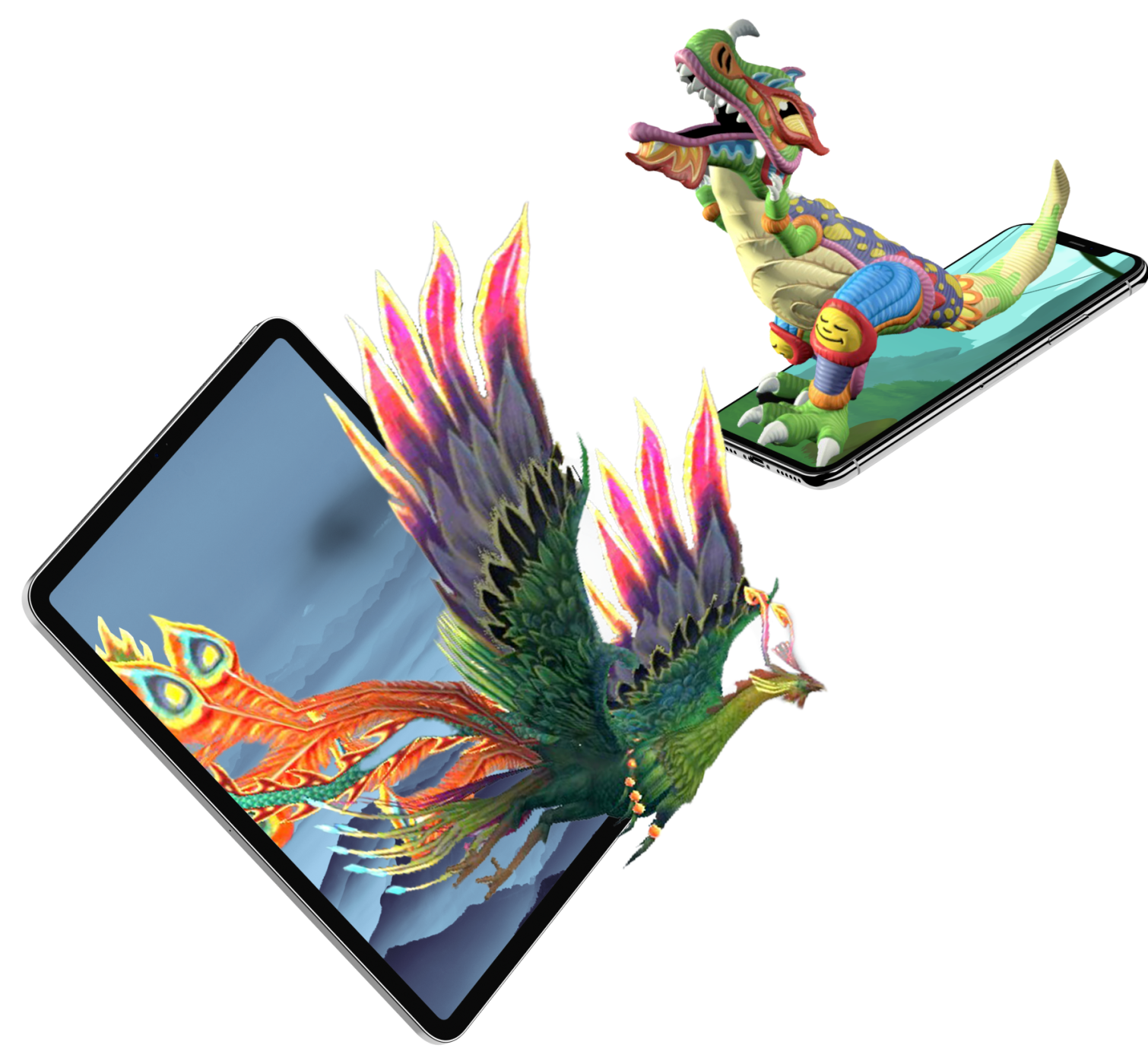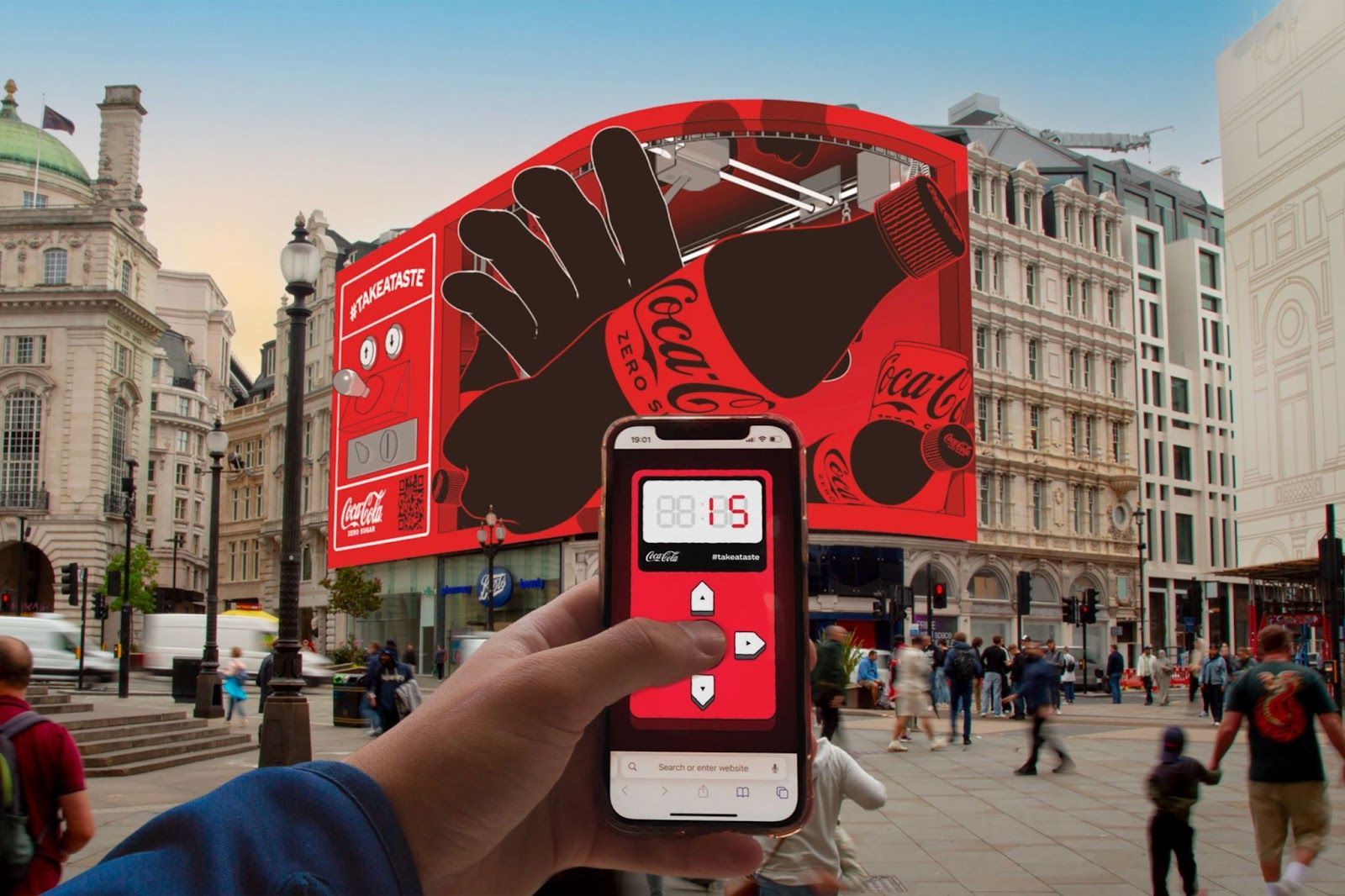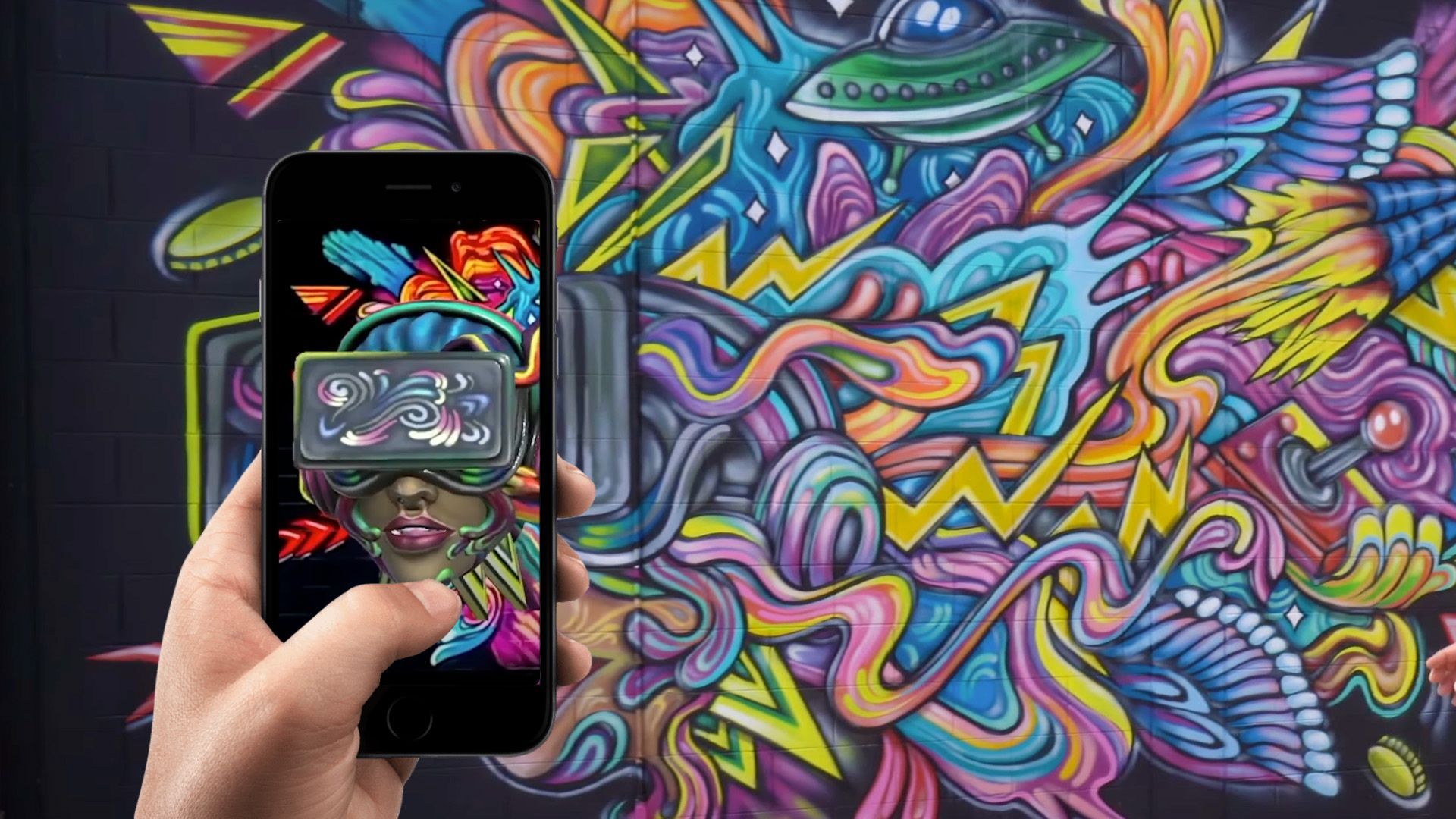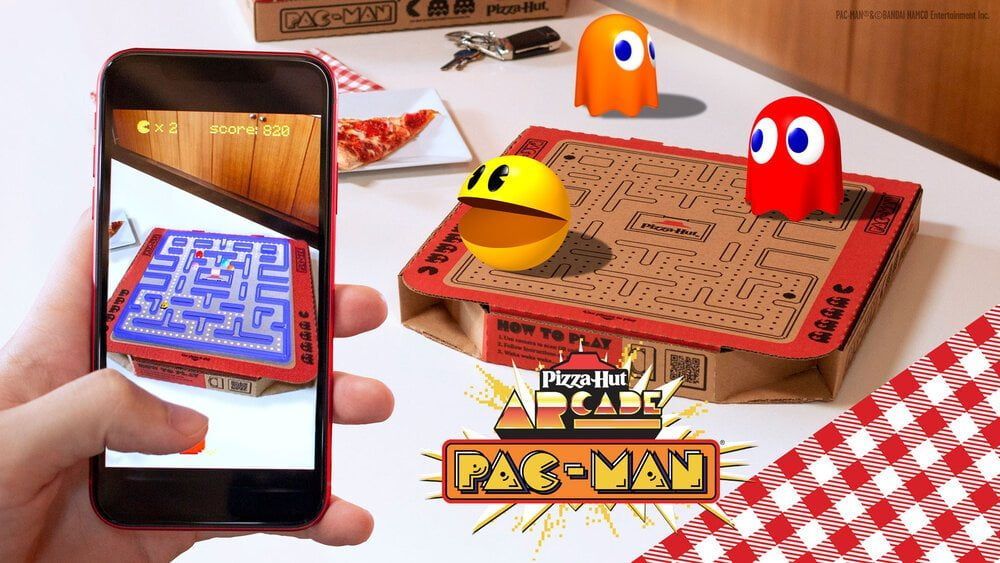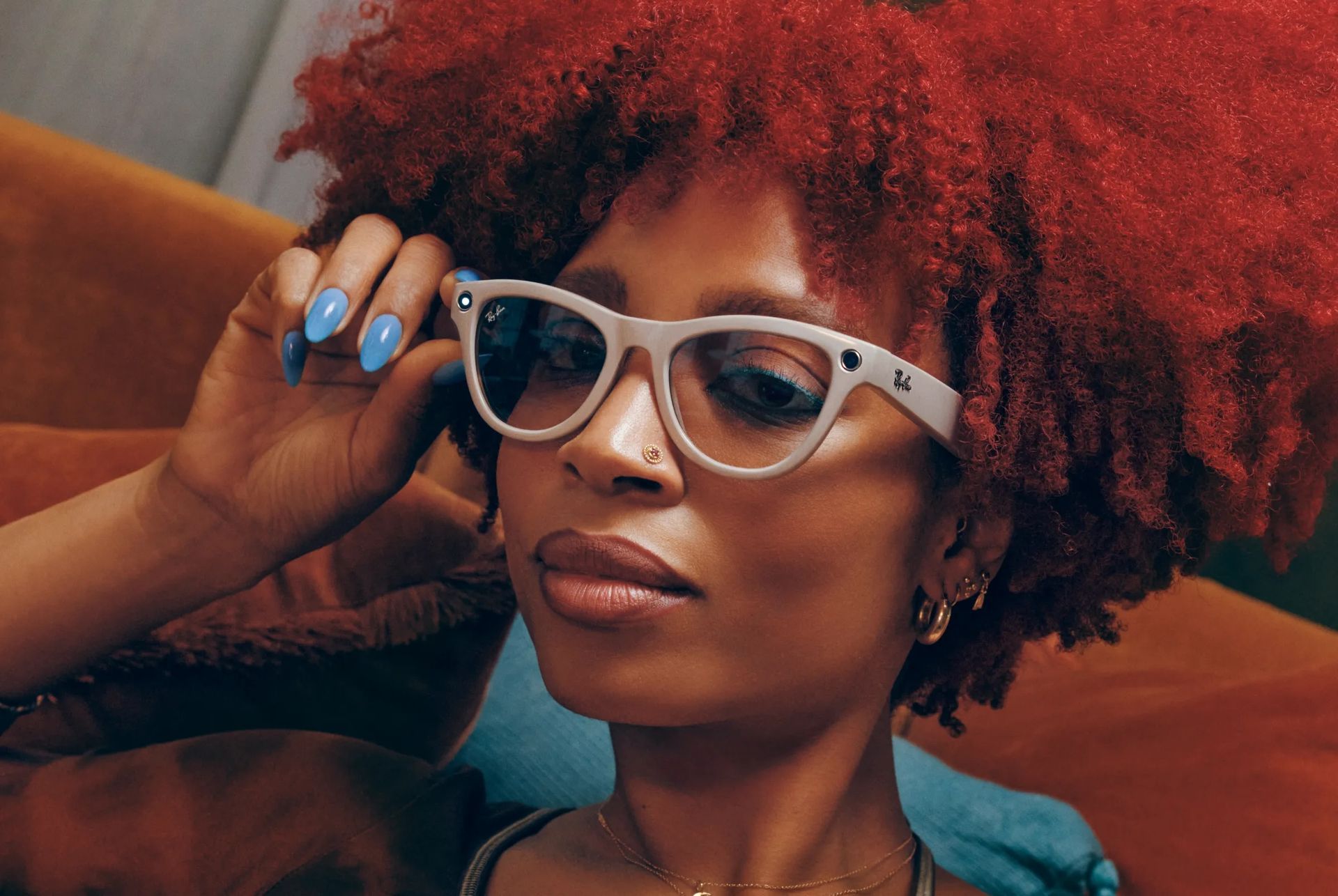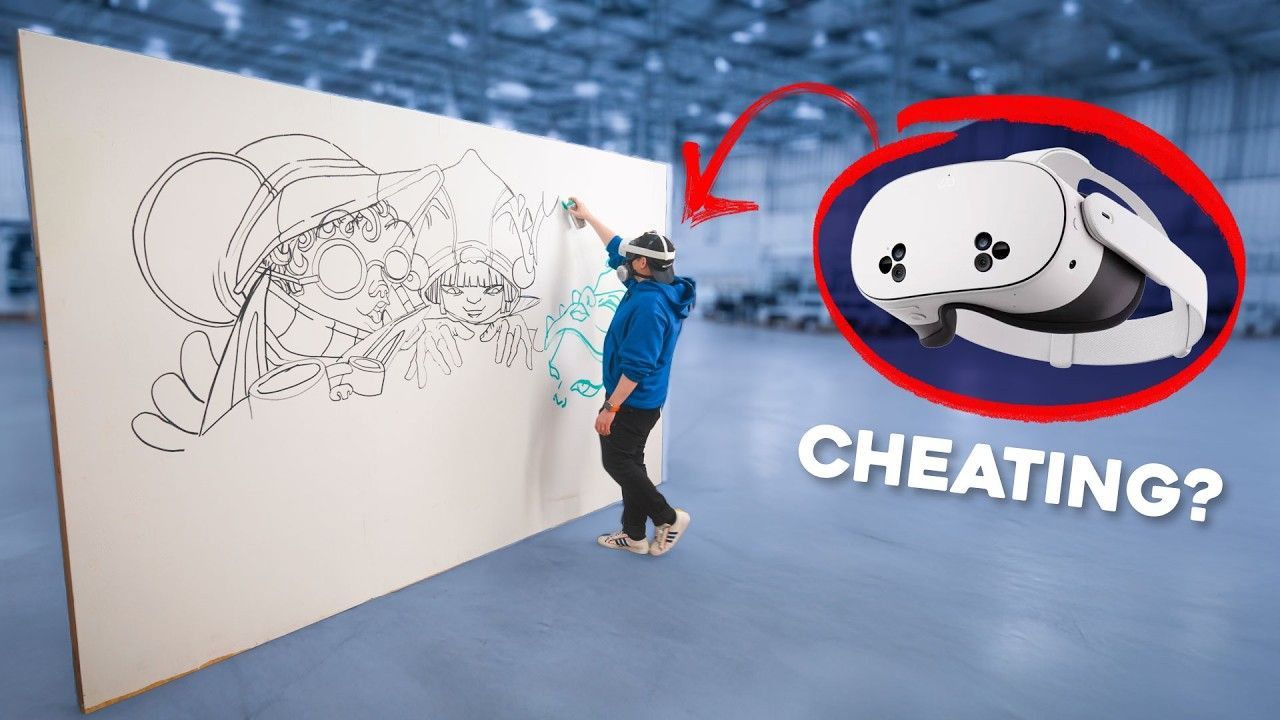The Evolution and Impact of 3D Modeling in the Digital World
The digital age has revolutionized how we perceive and interact with the world. Central to this transformation is 3D modeling, a technology that brings digital and real-world experiences to life. From gaming and entertainment to education and business, 3D modeling is crucial in various industries. This article explores the nuances of 3D modeling, its applications in augmented reality (AR), and the future of immersive experiences.
What is 3D Modeling?
3D modeling is creating a three-dimensional representation of any object. Using specialized 3D software, designers can construct depth, height, and width models that can be manipulated and viewed from any angle. These models are essential for creating lifelike digital representations, allowing for enhanced visualization and interaction.
The importance of 3D design cannot be overstated. It allows designers to visualize and refine their ideas before actual production. This is particularly crucial in architecture, automotive design, and product manufacturing, where precision and detail are paramount. Through 3D design, creators can identify potential issues and make adjustments in the digital world, saving time and resources.
Applications of 3D Modeling in AR Technology
Augmented Reality (AR) integrates digital information with the user's environment in real-time. By overlaying 3D models in the real world, AR provides immersive experiences that enhance user engagement and interaction. Here are some key areas where 3D modeling and AR intersect:
1. AR in Education
AR experiences in education have transformed traditional learning methods. 3D models allow students to interact with complex concepts and subjects more tangibly. For instance, medical students can study human anatomy through AR, exploring 3D models of organs and systems in detail. This hands-on approach facilitates deeper understanding and retention of information.
2. Retail and E-commerce
In retail, AR technology allows customers to visualize products in their environment before purchasing. For example, furniture retailers use AR to enable customers to place 3D models of furniture pieces in their homes, helping them make more informed decisions. This enhances the user experience by bridging the gap between online shopping and real-world expectations.
3. Entertainment and Gaming
The entertainment and gaming industries were among the first to harness the power of 3D modeling. AR games use 3D models to create interactive and immersive experiences, blending digital characters and environments with the player's real-world surroundings. This creates a seamless and engaging user experience that captivates audiences.
Creating 3D Models: Tools and Techniques
Creating 3D models requires a blend of artistic skill and technical knowledge. Various 3D software tools are available to help designers bring their visions to life. Some of the most popular 3D modeling tools include:
1. Blender
Blender is an open-source 3D software widely used for creating animations, visual effects, art, and interactive 3D applications. Its extensive features and active community make it a favorite among professionals and hobbyists.
2. Autodesk Maya
Autodesk Maya is a powerful 3D animation, modeling, simulation, and rendering tool. It is widely used in film, television, and game development due to its advanced features and flexibility.
3. SketchUp
SketchUp is known for its ease of use and intuitive interface, making it an ideal choice for beginners and professionals in architecture, interior design, and engineering. Its 3D Warehouse feature allows users to download and share models, fostering collaboration and creativity.
The Future of 3D modeling and AR
As technology continues to evolve, the future of 3D modeling and AR looks promising. Advances in hardware and software are enabling more realistic and immersive experiences. Here are some trends shaping the future of 3D modeling and AR:
1. Real-time Rendering
Real-time rendering technology enables the creation of 3D models and environments that can be interacted with in real-time. This is particularly useful in gaming and virtual reality (VR), where seamless and responsive experiences are crucial.
2. AI and Machine Learning
Artificial intelligence (AI) and machine learning are revolutionizing 3D modeling by automating complex tasks and enhancing creativity. AI-powered tools can generate realistic textures, optimize models for performance, and even suggest design improvements, streamlining the modeling process.
3. Enhanced User Interfaces
Developing more intuitive and user-friendly interfaces makes 3D modeling accessible to a broader audience. Tools that incorporate gesture controls, voice commands, and immersive interfaces are lowering the barriers to entry, enabling more people to explore and create in 3D.
Conclusion
3D modeling is a transformative technology that reshapes various industries and enhances our interaction with the digital world. By integrating 3D models with AR technology, we can create immersive experiences that bridge the gap between the real world and the digital realm. As tools and techniques continue to advance, the possibilities for 3D modeling are limitless, promising a future where our digital and physical worlds are more intertwined.
Whether you are a designer, educator, gamer, or business professional, understanding and leveraging the power of 3D modeling can open up new avenues for creativity, engagement, and innovation. As we continue to explore the potential of 3D design, we are not just creating models but building the foundation for the next generation of digital experiences.
TALK TO A PRO
We're here to bring your brand to life!
Stay Connected with BrandXR
Create Augmented Reality for Free!
Create, Publish, and Measure 3D Augmented Reality Experiences Without Having to Code.
